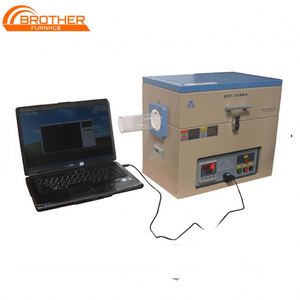Giới thiệu về thiết bị khoa học
Alibaba.com cung cấp các sản phẩm 12690 thiết bị khoa học. Có rất nhiều thiết bị khoa học lựa chọn dành cho bạn, chẳng hạn như oem, odm, và obm. Bạn cũng có thể chọn từ phòng thí nghiệm, thiết bị, và sưởi ấm thiết bị khoa học. Cũng như từ thủy tinh, nhựa, và thép không gỉ thiết bị khoa học.Và bất kể thiết bị khoa học là thử nghiệm, máy, hay dầu.














